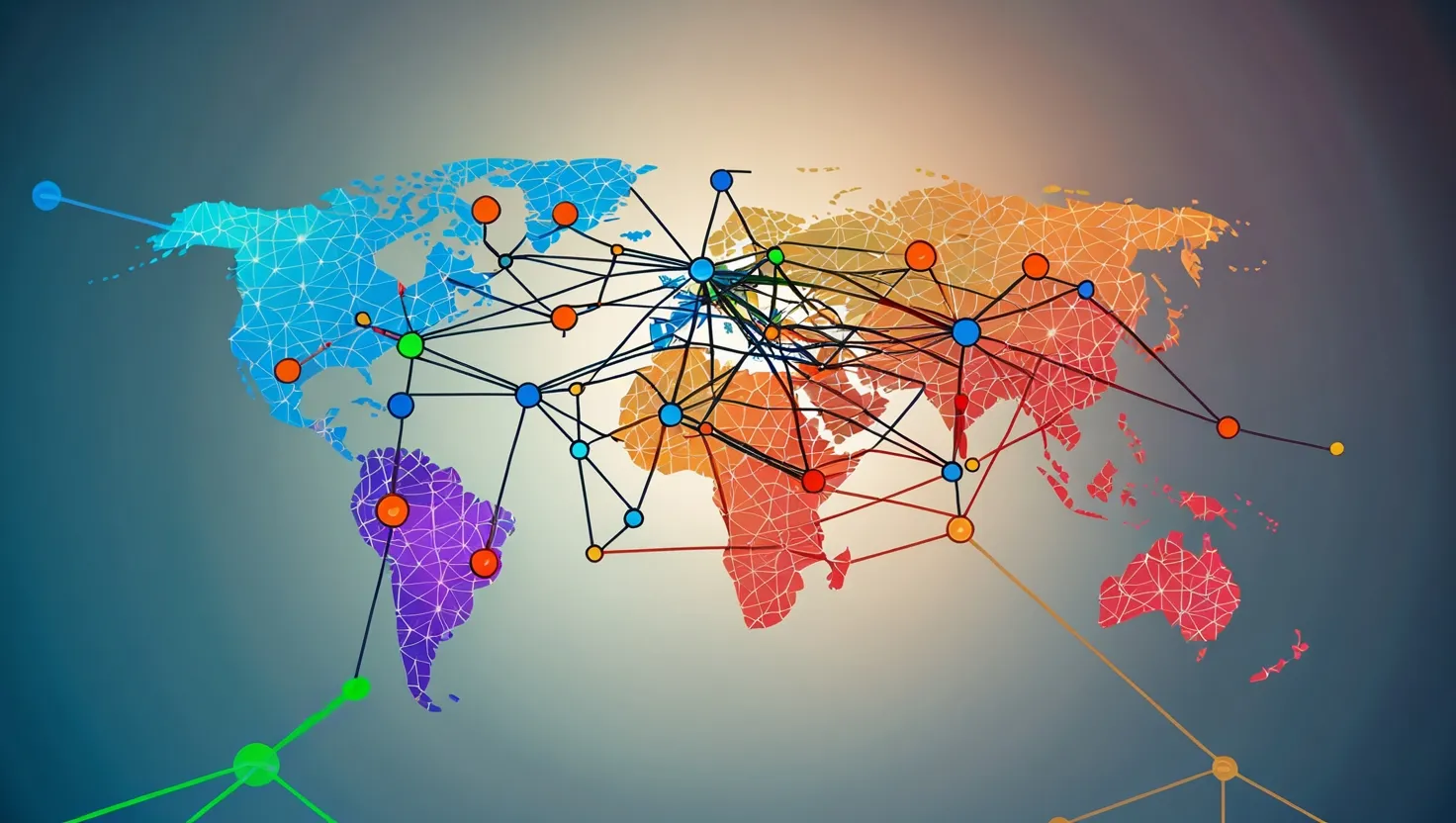As I reflect on the recent years, it’s clear that global supply chains have faced some of the most significant disruptions in modern history. These events, while devastating in their immediate impact, have also provided valuable lessons on the vulnerabilities and resilience of our interconnected world.
The COVID-19 pandemic was perhaps the most universal disruptor, affecting every corner of the globe. When the virus began to spread, manufacturing output plummeted. In the U.S., for instance, manufacturing output fell at a staggering 43-percent annual rate in the second quarter of 2020, the largest decline since World War II. Industries that were once thriving, such as motor vehicle production, came to a near standstill. Some plants even shifted their production lines to manufacture ventilators, a stark example of how quickly priorities can change in times of crisis.
The pandemic’s impact was not limited to manufacturing; it also altered consumer behavior dramatically. As people stayed home, demand for goods skyrocketed, while demand for in-person services dwindled. This sudden shift created a perfect storm of supply shocks and inflationary pressures. Suppliers, unable to meet the elevated demand, exposed the fragility of highly efficient but vulnerable global supply chains.
One of the most vivid examples of this fragility was the Suez Canal blockage in March 2021. The Ever Given, a massive container ship, ran aground and blocked the canal, stranding 369 ships and disrupting global trade. The Suez Canal is a critical artery for international shipping, with about 12% of worldwide trade passing through it. The blockage was not just a minor hiccup; it had far-reaching consequences. Delays of even a single hour were substantial, given that approximately $400 million worth of goods passes through the canal every hour.
The aftermath of the blockage saw companies scrambling for alternative routes, adding an average of eight days to their journeys and significantly increasing trade prices and timelines. This incident highlighted how a single event in a critical chokepoint can ripple through the entire global supply chain, causing shortages and delays that affect industries from car manufacturing to consumer goods.
Another lesser-known but equally significant disruption was the semiconductor shortage. This shortage, exacerbated by the pandemic and subsequent lockdowns, affected multiple industries, from automotive to electronics. The scarcity of microchips, a crucial component in modern manufacturing, led to production halts and significant delays. Car manufacturers, in particular, were hard hit, as they rely heavily on these components. The shortage underscored the interconnectedness of modern manufacturing and how a bottleneck in one sector can have far-reaching consequences.
Trade tensions between major economies have also played a significant role in disrupting established supply chain networks. Tariffs and trade restrictions imposed by countries like the U.S. and China have forced companies to reevaluate their supply chains. This has led to a trend known as nearshoring, where companies are moving their production closer to their markets to avoid the uncertainties of international trade.
Nearshoring is not just a tactical move; it’s a strategic shift that could redefine the landscape of global trade. By reducing reliance on distant suppliers, companies can mitigate the risks associated with global disruptions. However, this shift also comes with its own set of challenges, such as higher labor costs and the need to establish new supply chains.
As businesses and governments grapple with these disruptions, they are implementing various strategies to increase resilience. One key approach is diversification – spreading supply chains across multiple regions to reduce dependence on any single location. This not only helps in mitigating risks but also ensures that supply chains can adapt more quickly to unforeseen events.
Another strategy is the adoption of advanced technologies such as AI and IoT to enhance supply chain visibility and predictability. These technologies allow companies to monitor their supply chains in real-time, enabling them to respond swiftly to disruptions. Additionally, there is a growing emphasis on building more agile and flexible supply chains that can pivot quickly in response to changing conditions.
The long-term implications of these disruptions are profound. They have accelerated the debate on globalization and the benefits of a more localized approach to production. While globalization has brought about unprecedented economic growth and interconnectedness, it has also exposed vulnerabilities that can have catastrophic consequences.
The reconfiguration of international trade patterns is already underway. Companies are reassessing their global supply chains, considering factors such as geopolitical stability, labor costs, and environmental impact. This shift could lead to a more balanced and resilient global economy, where risks are distributed more evenly and no single event can cause widespread disruption.
In conclusion, the recent global supply chain disruptions have been a wake-up call for businesses and governments alike. They have highlighted the need for resilience, diversification, and technological innovation in supply chain management. As we move forward, it is clear that the future of global trade will be shaped by these lessons, leading to a more robust and adaptable global supply chain ecosystem. This journey, while challenging, holds the promise of a more stable and interconnected world, where the flow of goods and services is less susceptible to the whims of fate.






